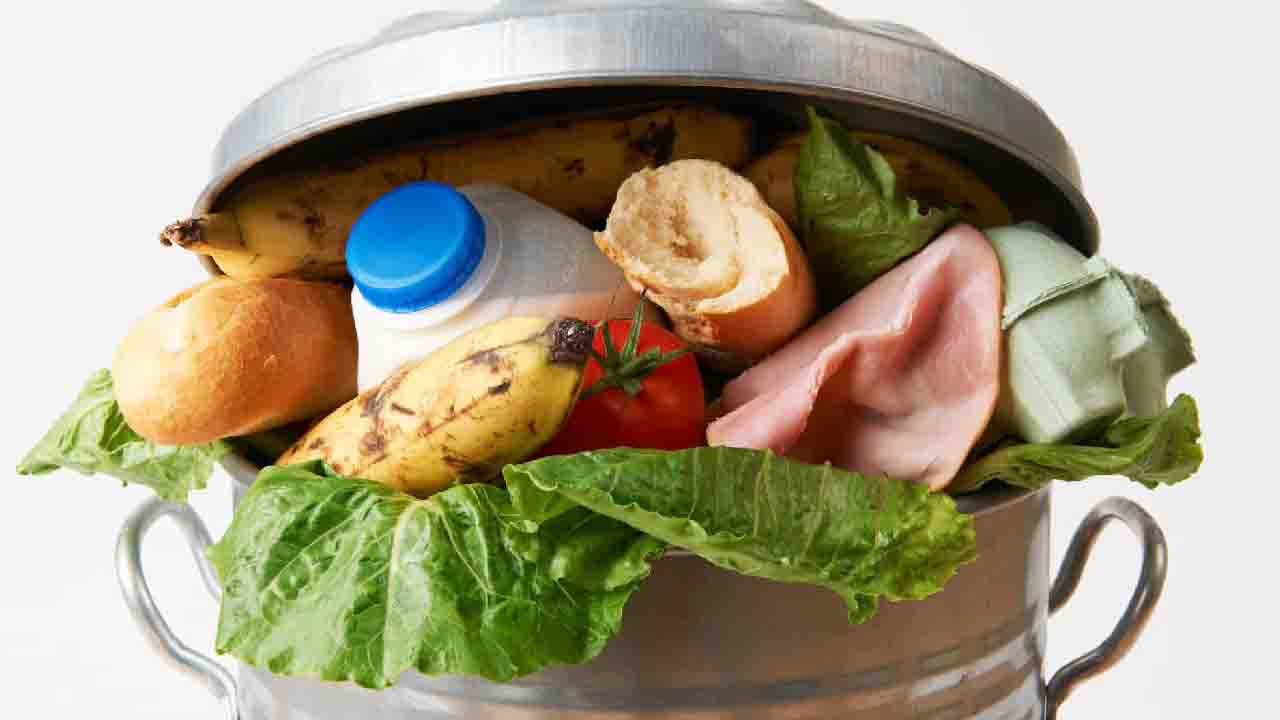Food waste is a significant global challenge with detrimental economic, environmental, and social implications. According to the Food and Agriculture Organization of the United Nations, approximately one-third of all food produced for human consumption is lost or wasted each year. This amounts to about 1.3 billion metric tons of food that goes to waste, while millions of people suffer from hunger and malnutrition. However, emerging technologies hold great promise in addressing this issue. In this article, we will explore how new technology could help reduce food waste and create a more sustainable food system.
Smart Packaging and Labels
Smart packaging and labeling systems equipped with sensors and indicators can play a crucial role in reducing food waste. These technologies can monitor various parameters, such as temperature, humidity, and gas levels, to ensure the optimal storage conditions for perishable goods. For example, if a package detects that the temperature inside is too high, it can send an alert to the consumer or retailer, enabling them to take immediate action to prevent spoilage. Similarly, intelligent labels can provide real-time information about a product’s freshness, helping consumers make informed decisions before purchasing or consuming food.
Internet of Things (IoT) in Supply Chains
The Internet of Things (IoT) has the potential to revolutionize supply chains and minimize food waste. By connecting various devices and sensors throughout the supply chain, IoT technology enables real-time monitoring and data collection. For instance, IoT sensors can track temperature, humidity, and other environmental factors during transportation, ensuring that food remains in optimal conditions. Additionally, IoT-powered inventory management systems can provide accurate information about stock levels, reducing the chances of overstocking or understocking perishable items, thus minimizing waste.
Data Analytics and Predictive Algorithms
Advanced data analytics and predictive algorithms can help identify patterns and anticipate potential food waste in different stages of the food system. By analyzing historical data, market trends, and consumer behavior, these technologies can provide valuable insights to farmers, manufacturers, retailers, and policymakers. For instance, predictive algorithms can estimate the demand for specific food products, allowing farmers to adjust production accordingly, avoiding surplus and subsequent waste. Likewise, data analytics can help retailers optimize inventory management, reducing the likelihood of products reaching their expiration dates unsold.
Food Sharing and Redistribution Platforms
Food sharing and redistribution platforms leverage technology to connect surplus food with those in need. These platforms facilitate the donation of excess food from restaurants, grocery stores, and households to charitable organizations and food banks. By utilizing mobile apps and online platforms, these technologies streamline the process of matching donors with recipients, ensuring efficient and timely redistribution. Moreover, these platforms can employ logistics optimization algorithms to minimize transportation costs and maximize the utilization of available resources, further reducing food waste.
Precision Agriculture and Smart Farming
Precision agriculture and smart farming technologies enhance agricultural practices to minimize waste and optimize resource utilization. By integrating sensors, drones, and satellite imagery, farmers can gather precise data about soil moisture, nutrient levels, and crop health. This information enables targeted interventions, such as precise irrigation and fertilizer application, reducing resource wastage and increasing crop yield. Additionally, smart farming technologies can enable early detection of plant diseases and pests, preventing large-scale crop losses and reducing the need for excessive pesticide use.
The global challenge of food waste demands innovative solutions, and emerging technologies offer significant promise in tackling this issue. From smart packaging and IoT-enabled supply chains to data analytics and food-sharing platforms, these technologies provide tools to monitor, optimize, and redistribute food resources more efficiently. By harnessing the power of technology, we can work towards building a more sustainable and equitable food system, where less food goes to waste, and more people have access to nutritious meals.








